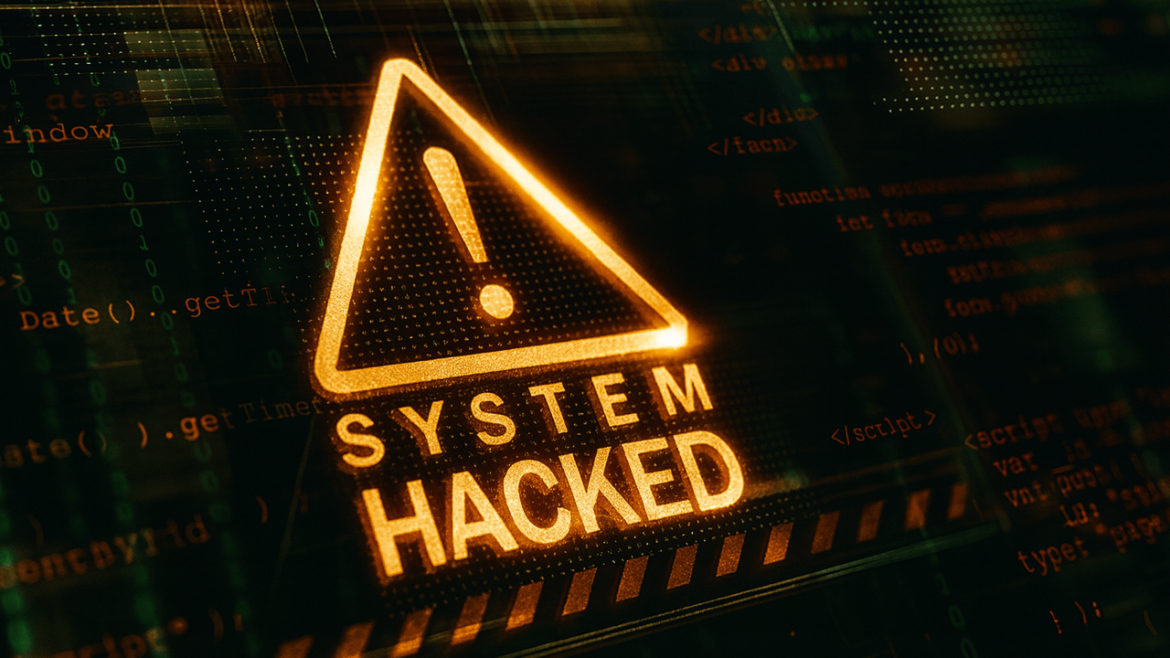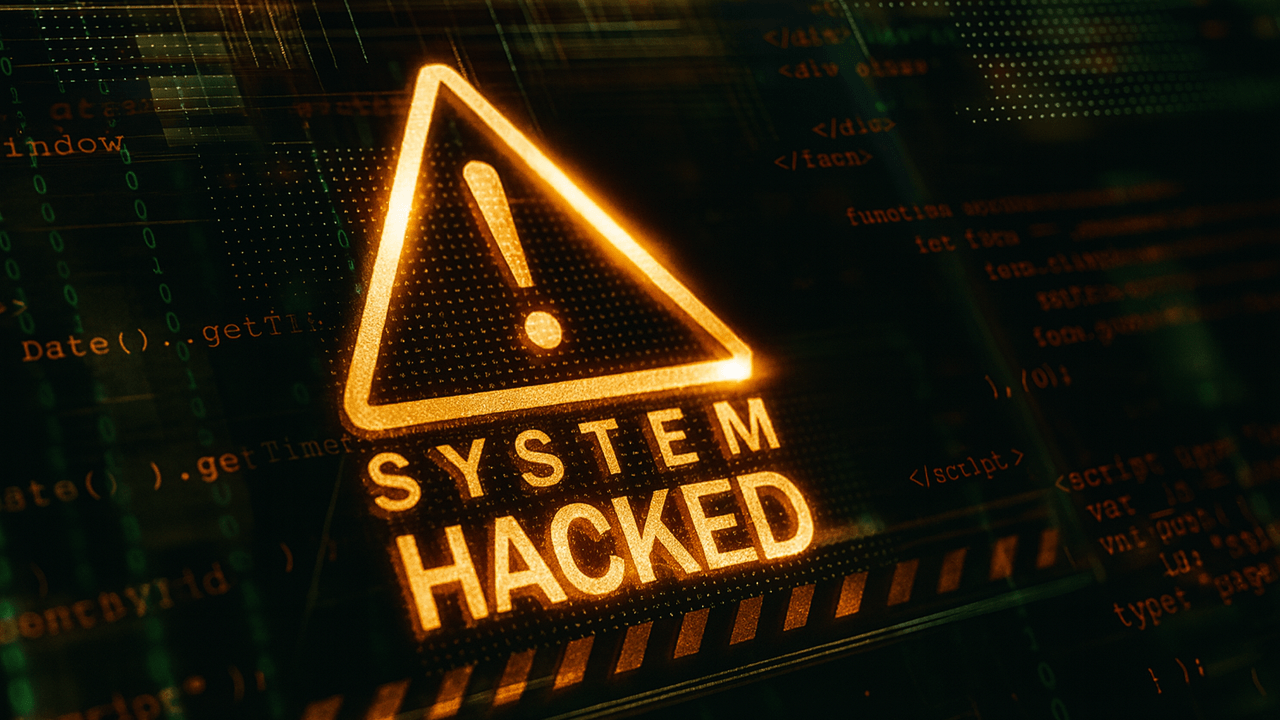The decentralized finance (DeFi) sector has emerged as a transformative force in the financial landscape, offering peer-to-peer transactions, increased transparency, and innovative financial services. However, this rapid growth has also attracted cybercriminals, leading to a surge in cyberattacks that pose significant risks to national security. The escalating threats underscore the need for robust security measures, regulatory oversight, and international cooperation to safeguard the DeFi ecosystem.
A Surge in Crypto Theft: Volume and Scale
The first half of 2025 witnessed a staggering $2.1 billion stolen across at least 75 cyberattacks targeting cryptocurrency systems. This figure nearly matches the entire volume stolen in 2024 and surpasses earlier records from 2022, signaling an alarming trend. In April 2025 alone, crypto hackers exploited vulnerabilities to steal approximately $92 million from DeFi platforms, marking a 124% increase compared to March. This surge in cybercriminal activity highlights the growing attractiveness of DeFi platforms as targets for malicious actors.
Predominant Attack Vectors
The majority of stolen funds—over 80%—resulted from infrastructure attacks, such as the theft of private keys and seed phrases. These credentials grant near-total control over crypto assets, and their compromise underscores a fundamental security weakness in wallet management and platform safeguarding mechanisms. Other prevalent attack methods include:
– Smart Contract Vulnerabilities: Exploiting flaws in smart contract code can lead to significant financial losses. For instance, the 2022 Poly Network hack, which resulted in a $600 million theft, was due to a smart contract vulnerability.
– Phishing Attacks: Cybercriminals often use phishing techniques to trick users into revealing their private keys or seed phrases. These attacks are particularly effective due to the pseudonymous nature of DeFi transactions.
– Protocol Manipulation: Attackers may exploit weaknesses in DeFi protocols to manipulate prices, drain liquidity pools, or execute other malicious activities. The 2021 DeFi platform bZx was a notable victim of such an attack.
– Coding Errors: Errors in the code of DeFi applications can create vulnerabilities that hackers exploit. The 2020 Harvest Finance attack, which resulted in a $24 million loss, was due to a coding error in the platform’s smart contract.
Nation-State Actors and Cyber Warfare Dynamics
The scale and sophistication of attacks have raised concerns that nation-state actors are increasingly targeting DeFi platforms. Reports from cybersecurity firms highlight a shift from traditional hacker groups to more organized, well-funded nation-state cyber operations. These entities may pursue various objectives, including financial gain, disruption of economic stability, or strategic advantages in geopolitical conflicts.
The trend is encapsulated in warnings describing the cyber landscape’s evolution “From DeFi to Defcon,” indicating that financial innovation platforms have become arenas for cyberwarfare. Nation-states exploiting DeFi vulnerabilities may intensify conflicts and complicate international cyber policy frameworks. For example, the U.S. Treasury has warned that the growth of DeFi markets poses threats to national security, including the facilitation of illicit activities such as money laundering, sanctions evasion, and financing terrorism.
Impact on National Security and Regulatory Responses
The U.S. Treasury and other regulatory bodies have expressed concerns about the national security implications of DeFi. Key issues include:
– Illicit Activities: DeFi’s pseudonymous and decentralized nature makes it an attractive tool for money laundering, sanctions evasion, and financing terrorism. The lack of centralized oversight complicates efforts to track and prevent these activities.
– Systemic Financial Risks: The unregulated, complex, and interconnected nature of DeFi protocols can trigger market shocks if compromised. For instance, a large-scale attack on a major DeFi platform could lead to a loss of confidence in the entire sector.
– Critical Infrastructure Vulnerability: Nation-states targeting key financial systems to undermine economic stability pose a significant risk. The interconnectedness of DeFi platforms with traditional financial systems amplifies this risk.
These concerns have fueled debate over regulatory approaches, including calls for more robust security standards, oversight on private key management, and potential restrictions or frameworks for DeFi projects. The FBI and other agencies have issued alerts regarding escalating cybercriminal exploits targeting DeFi.
Balancing Innovation with Security
DeFi’s innovation presents opportunities to democratize finance and reduce intermediaries, but balancing this with security is challenging. The absence of centralized control complicates enforcement and recovery post-compromise. To protect users and broader economies, multiple strategies must be pursued:
– Enhanced Security Protocols: Incorporating multisignature wallets, hardware security modules, and advanced cryptographic techniques can safeguard private keys. For example, Ledger’s hardware wallets use secure elements to protect private keys from theft.
– Auditing and Formal Verification: Rigorous and continuous smart contract audits, along with formal verification, can detect and patch vulnerabilities before deployment. Platforms like CertiK and Quantstamp offer smart contract auditing services to enhance security.
– Regulatory Collaboration: Frameworks enabling governments and industry players to share threat intelligence, define compliance standards, and respond to attacks with agility are crucial. The Financial Action Task Force (FATF) has issued guidelines for virtual asset service providers to combat money laundering and terrorism financing.
– User Education: Increasing awareness among users about phishing, credential protection, and secure practices is essential. Educational initiatives, such as those by the Ethereum Foundation, aim to inform users about best practices for securing their assets.
Conclusion
The explosive growth of DeFi platforms has unfolded a double-edged sword. While fostering financial innovation and inclusion, it has simultaneously opened avenues for cybercriminals and heightened national security risks. The unprecedented scale of attacks and the emergence of nation-state cyber onslaughts targeting DeFi infrastructure positions these platforms at the nexus of technology, finance, and geopolitics.
Moving forward, the DeFi ecosystem’s sustainability depends on a concerted effort combining technological resilience, informed regulation, and international cooperation. Only by addressing these multifaceted challenges can the promise of decentralized finance be preserved without compromising security or national interests. The journey from DeFi’s promising beginnings to securing a stable digital financial future remains a critical and urgent endeavor.





